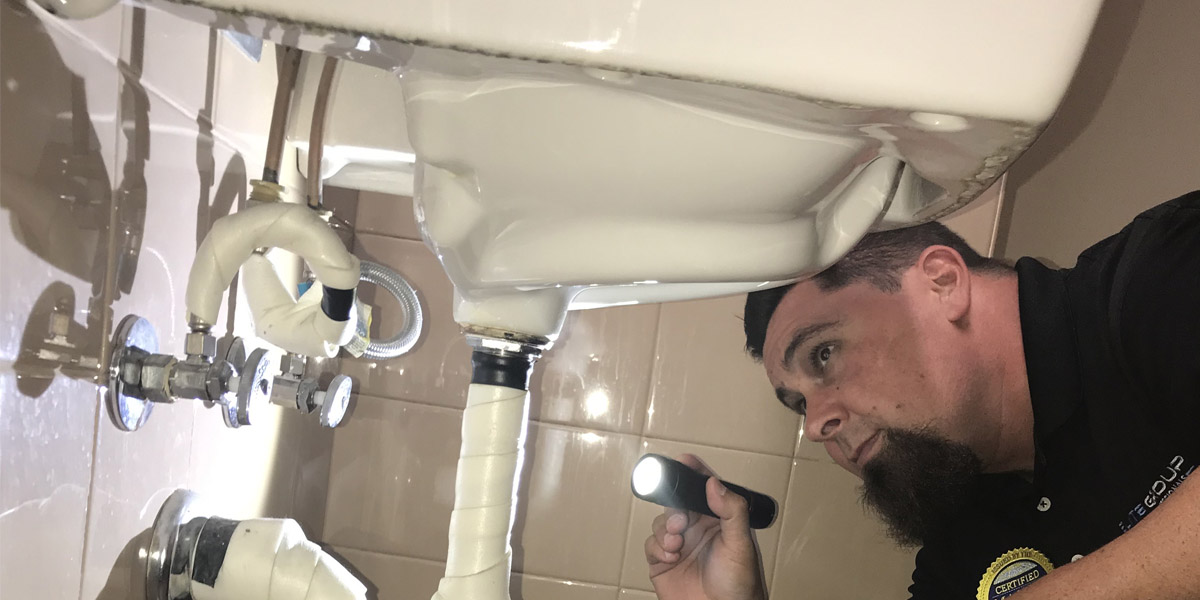The 5-Minute Rule for What is a Main Sewer Line Inspection? - The BrickKicker
Unknown Facts About Inspections - City of Hillsboro, OR
value of pipes assessment; the essential points in carrying out pipes inspection; 15 effective pipes upkeep tips; technology used to simplify pipes examination procedures; and free pipes checklists you can customize and utilize. Importance of Pipes Examination Conducting routine plumbing evaluation keeps the system running efficiently which assists services or households avoid costly and unforeseen repairs.

This should consist of pipelines, valves, hot water heater, and drains pipes. These parts are assessed for leaks, corrosion, obstructions, and drain issues. The following are the essential points in carrying out plumbing examination: Shut the primary supply of water Aesthetically inspect the shut-off valve of the main water system for problems and damages. Inspect if the water meter is continually checking out even if the valve is shut off.
Ensure the plumbing system is watertight Fill the entire drainage systems with water to the middle of a trip waste overflow of every tub set up to verify if plumbing systems are closely sealed. Conduct water piping pressure test Switch on the building water service from 75 psi to 100 psi to check the typical working pressure passing through the water pipelines.
Some Of Divisions - City of Little Rock

Check the drain and drainage lines Examine the sewer lines from property to suppress connection, sewage-disposal tank, and drainage systems to thoroughly examine if pipe damage, rust, or significant obstructions exist. Analyze fixtures, supply lines, and drains All components must have separate valves to control the water system. Confirm any signs of water damage on the internal and external parts of the residential or commercial property.
15 Reliable Pipes Upkeep Tips Preserving great pipes systems is required to prevent emergency situation plumbing problems such as water burst, gas leaks, or broken water lines. Here are some plumbing maintenance suggestions you can implement to help you prevent enormous problems: Check your faucets regularly for leakages and damages. Make sure there are no water drips when the spigot is switched off.


Right away unclog sluggish drains. Never get rid of rubbish, greasy oil, and unused medicines to avoid a blocked drain. Aesthetically check noticeable signs of water discolorations on walls and ceilings. Make sure water pressure is at a safe level. Drain pipes the hot water heater to remove formed sediments. Read More Here for loose fittings including flapper.
UNDER MAINTENANCE